Museums are places for community education, yet they are seldom accessible to everyone nor equitable in their presentation of content. Acknowledging the unfortunate truth that visually impaired people struggle to enjoy museum experiences, “Senses: Design Beyond Vision” invited visitors of all abilities to join together in learning in ways surpassing conventional “universal design” considerations. In collaboration with 65 contemporary designers, the design objective was to find innovative, artistic and technologically advanced ideas to create an environment that welcomed visitors to encounter design through all of their senses.
World Architecture & Design Awards 2019
Second Award | Category: Pop-Ups Temporary
Architects: Wendy Joseph
Studio: Studio Joseph
Team Members: PHILIP AUCHETTL, JASON GRAUTEN, DAVID LOEWENSTEIN
Country: United States
Website: www.studiojoseph.com
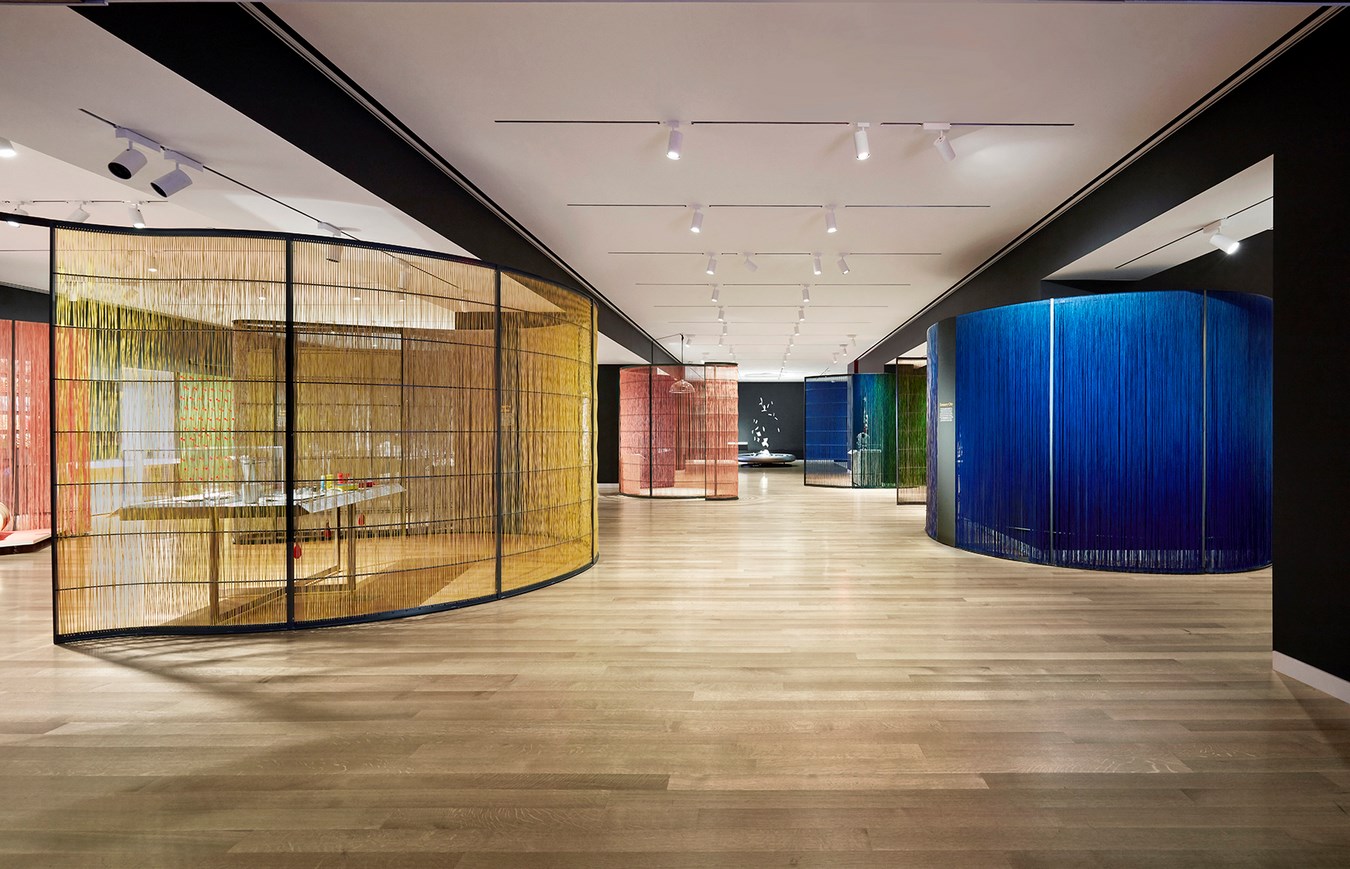
The exhibition featured direct sensory experiences and displayed practical, inventive and exploratory objects to touch, hear, see and smell through several interactive installations. Some designs on display included: a touch-activated musical fur-lined wall, chairs that vibrated in response to audio clues, a food scent-diffusing “clock” that signaled mealtimes to people without sight or hearing, and color-changing lights that responded to room population density.
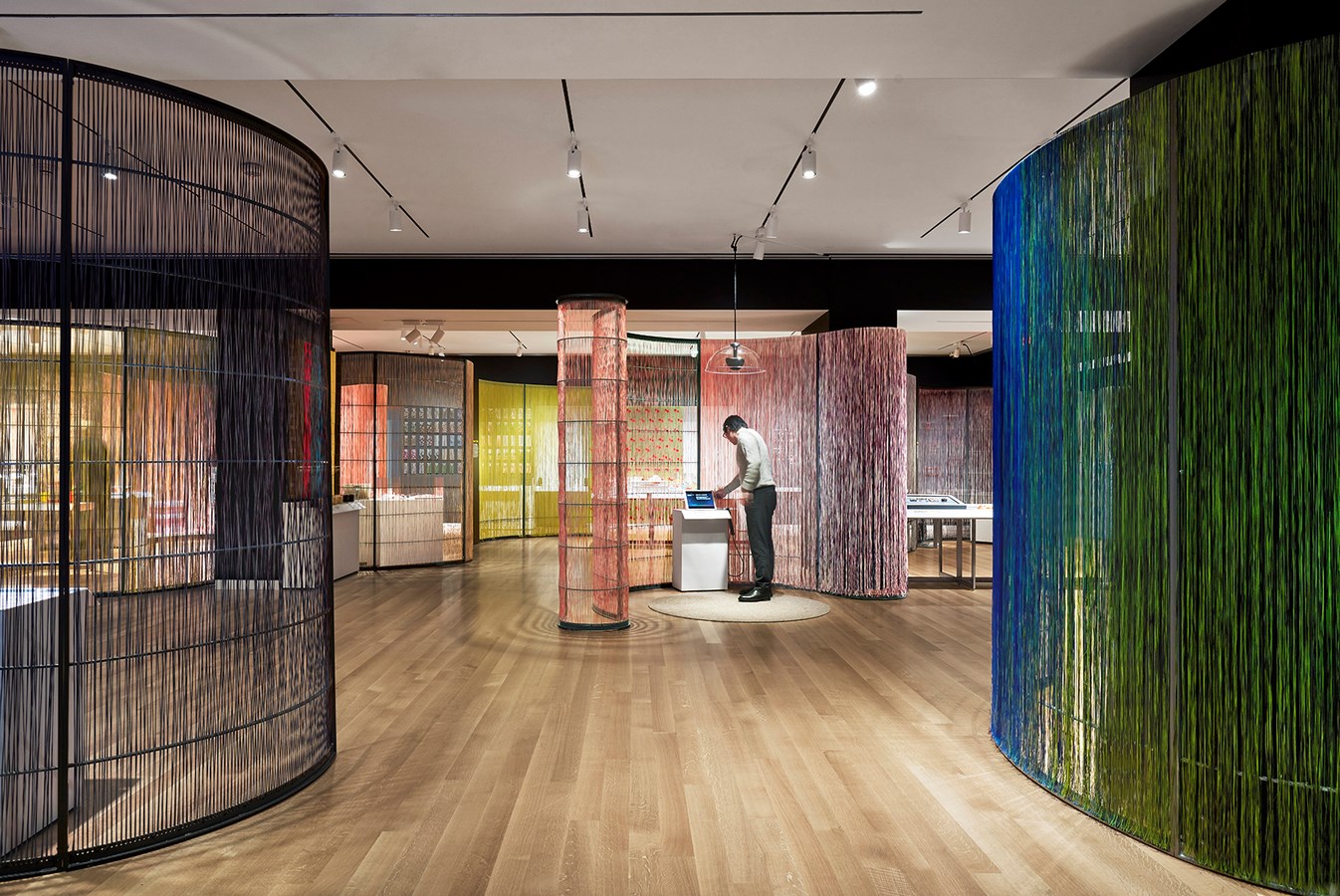
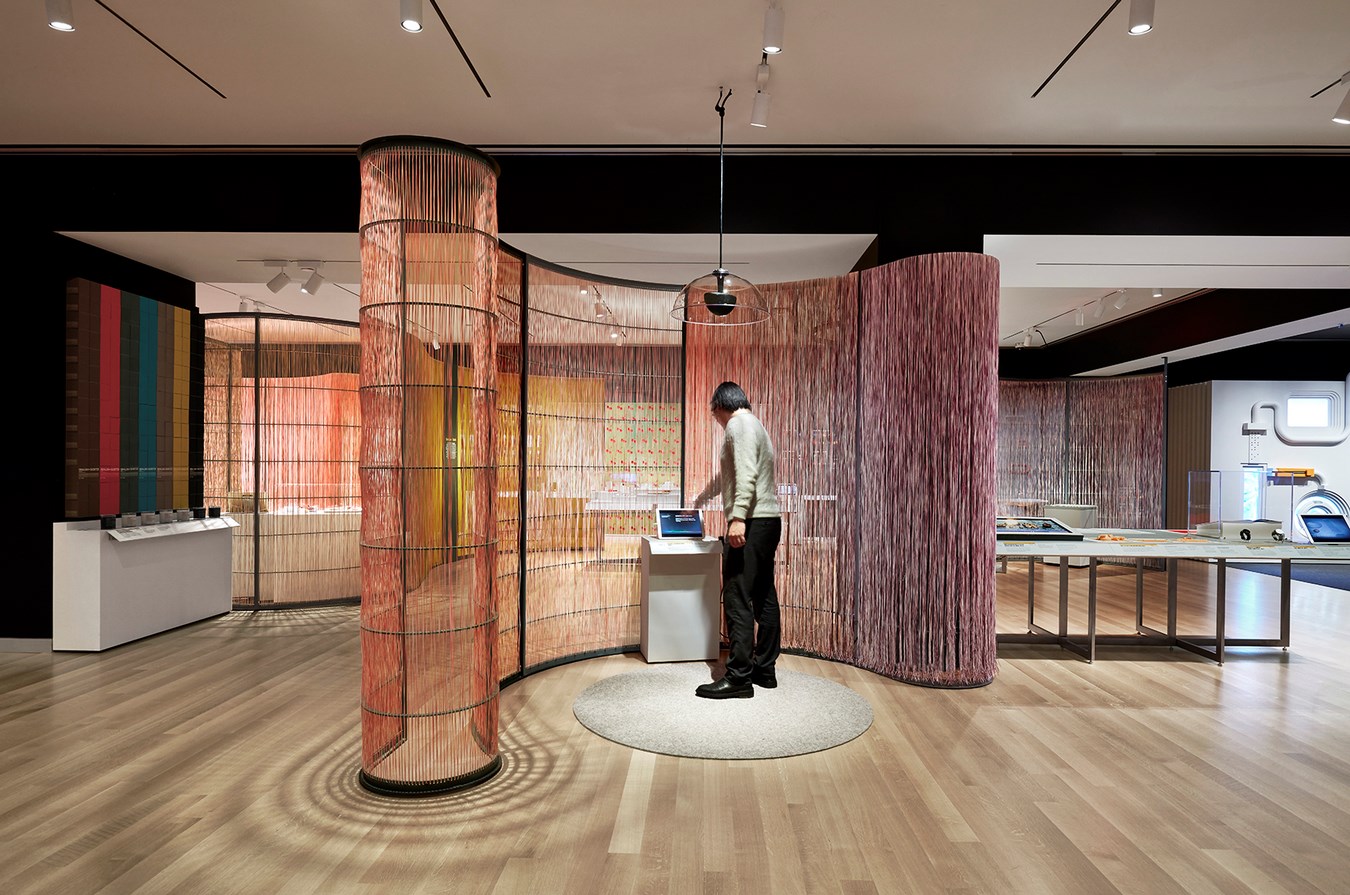
Given the historic building fabric and its fragile finishes, the museum required the installation to maintain structural independence from the envelope—a challenge that was solved through the use of undulating steel screens. Made with richly colored vinyl threads, the screens were either woven for more transparency between areas or hung for more privacy between visitor and object onto black steel frames. Offering both visual and tactile stimuli, these screens evoked “moods” by oscillating between cooler, low-frequency colors and warmer, high-frequency colors that seamlessly blended into different gradients. They served as both backdrops to the objects and definers of spaces, allowing different aesthetics to occupy the same installation while pragmatically solving issues of sound and aroma bleed and requirements for varied lighting levels.
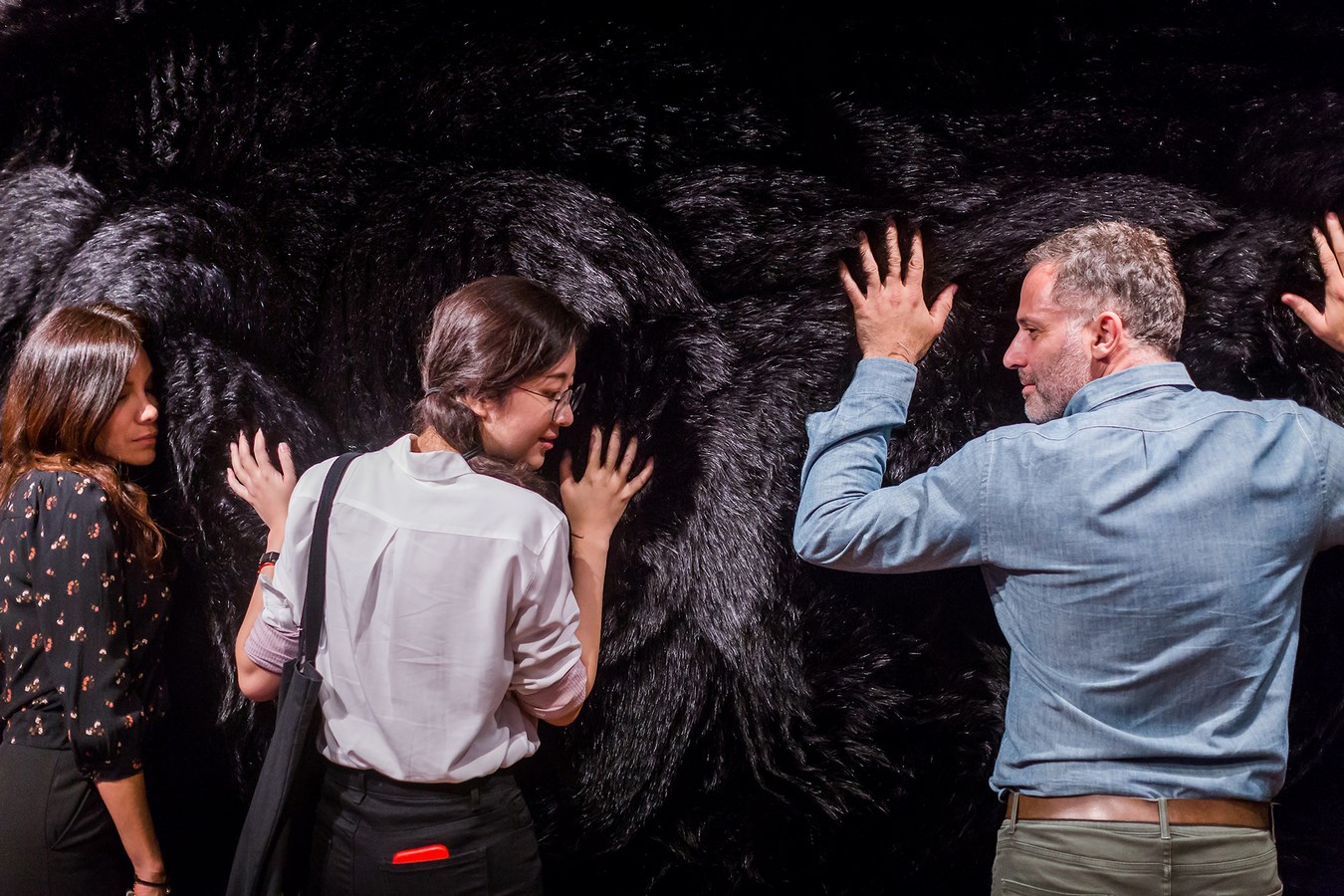
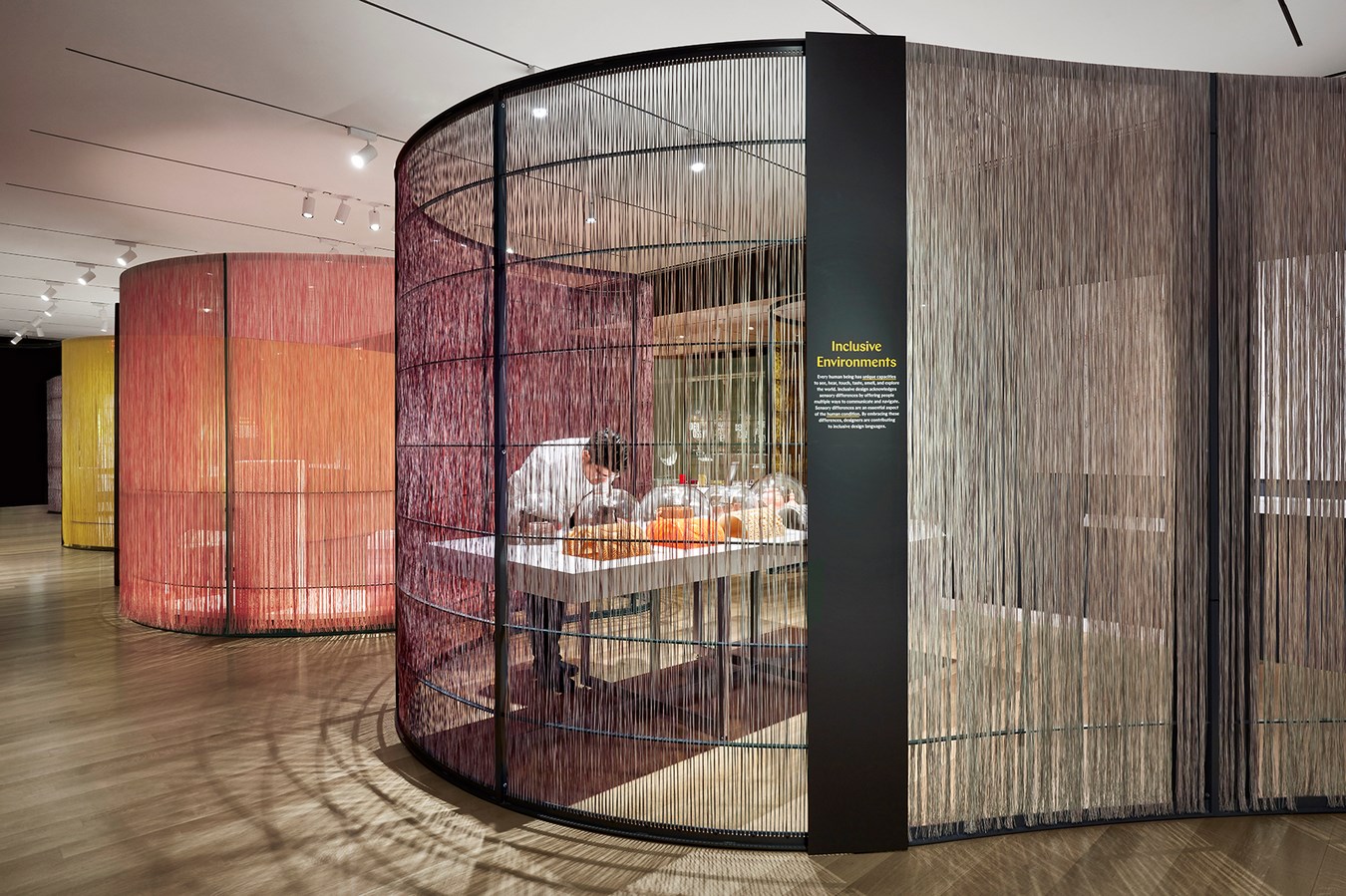
The modes of display considered how visitors would interact with the works both individually and in groups. Visitors were encouraged to smell, feel and listen to highly distinct and original manifestations of design to better understand the complexity of our world, beyond vision. While some exhibition pieces were secured under vitrines, the majority were experienced through multiple senses and required custom means of installation, security, and contamination prevention. As awareness on accessibility was the show’s intent, a cohesive braille overlay on museum labels provided simultaneous information for all. Labels remained at a static height, tilted for custom accessibility throughout all areas.
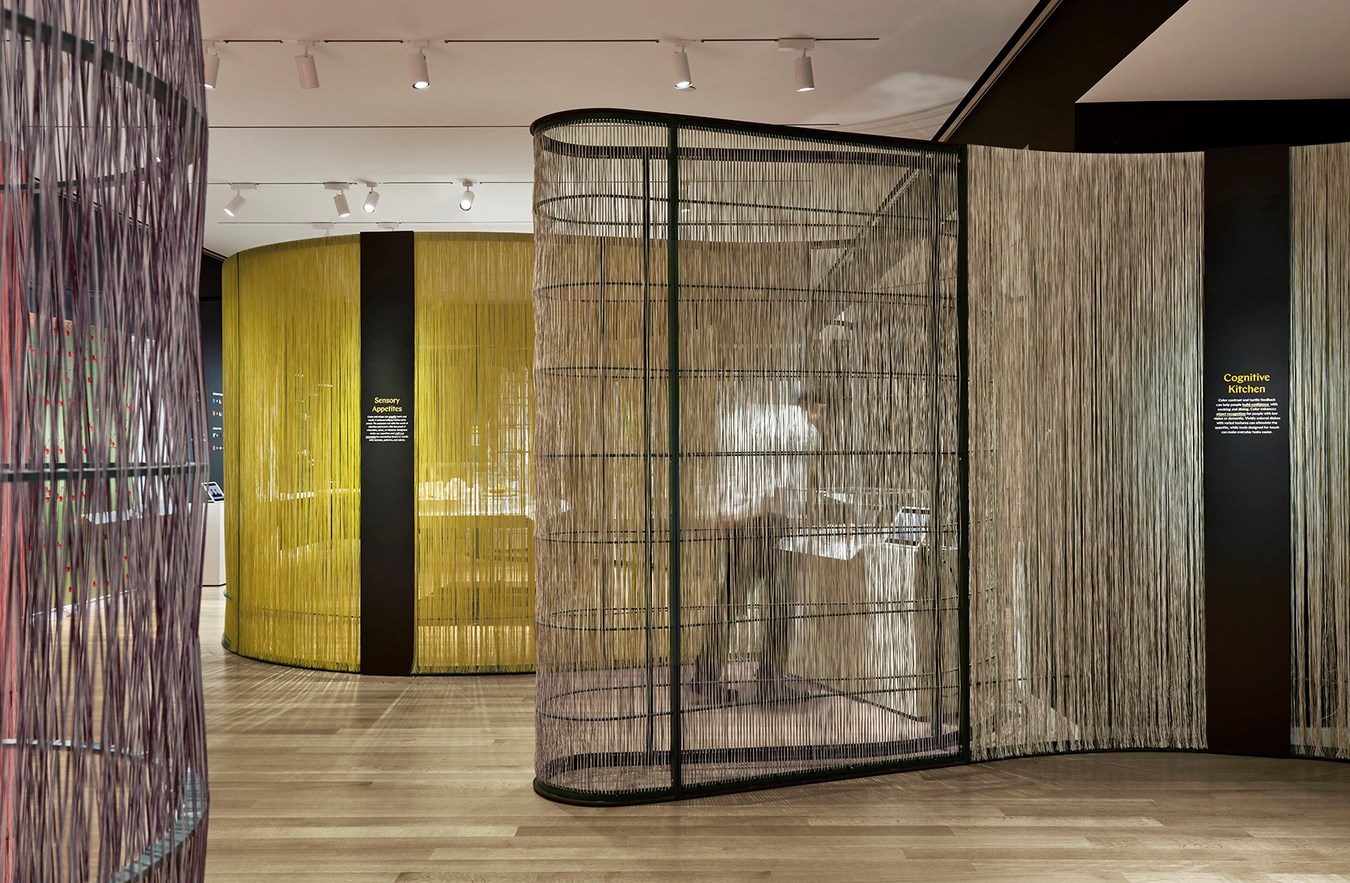
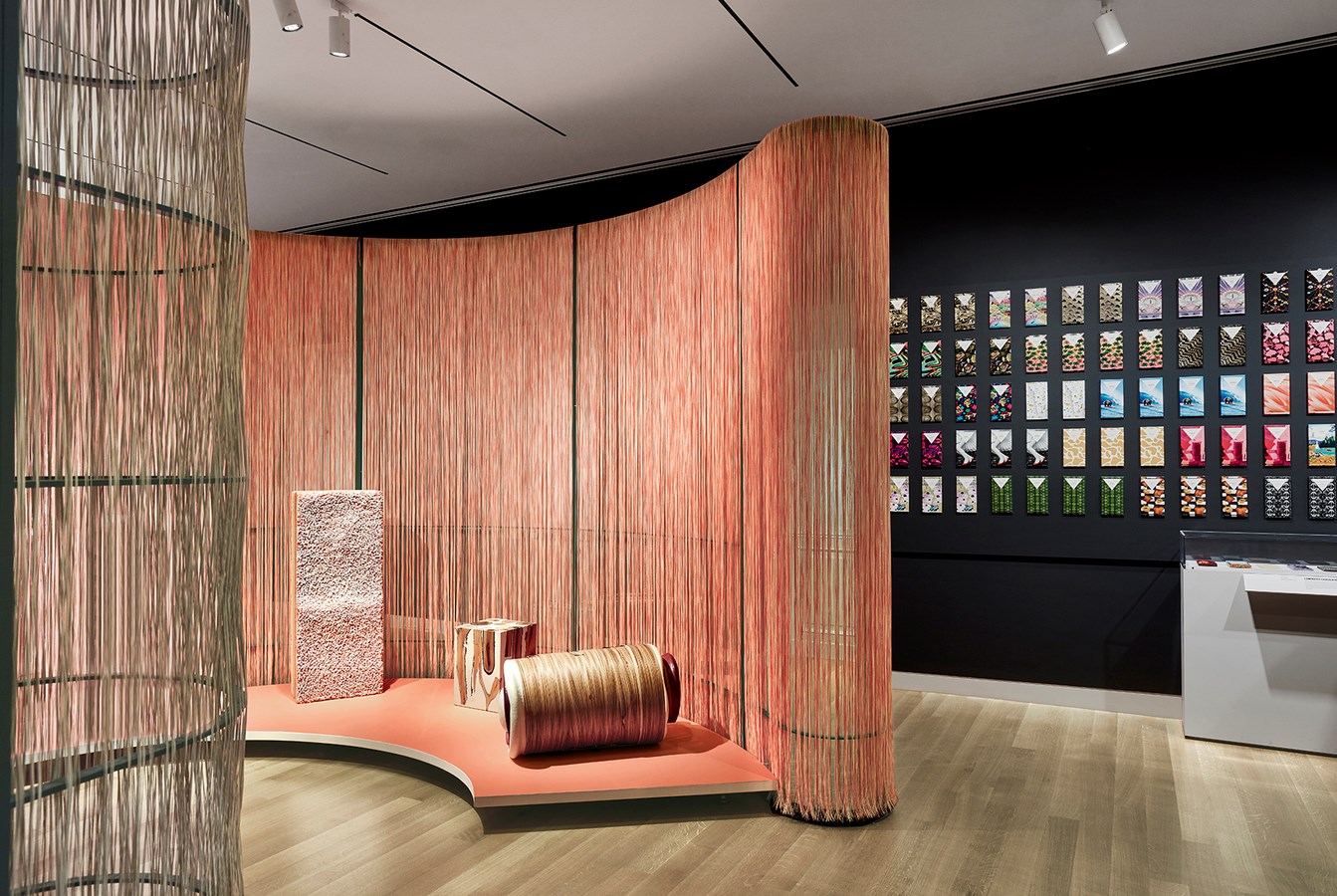
A complimentary smartphone app connected visitors to full-length visual and aural materials and T-coil–enabled devices provided audio descriptions of video content. The show’s success was measured in that visitors felt a greater appreciation for how design can provide alternative means of understanding through a multisensory process.
Another great opportunity. APR’s next award Global Future Design Awards 2019 is open for Registration. Don’t miss the chance, its a huge platform for architects.


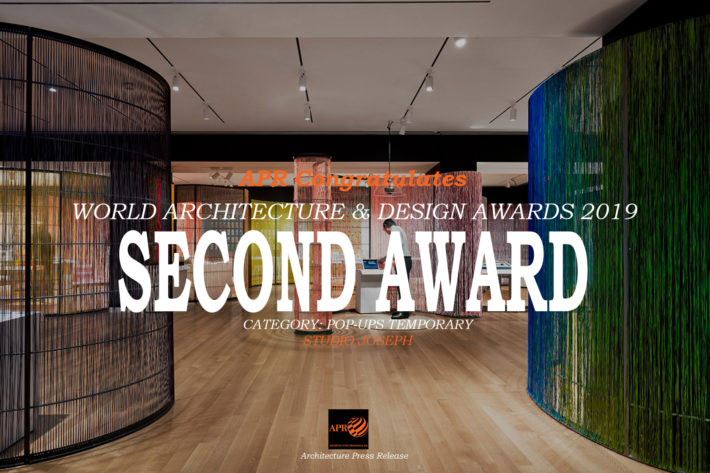
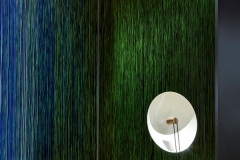
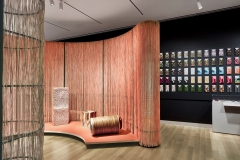
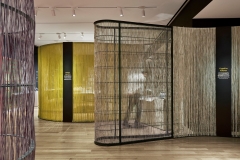
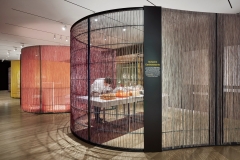
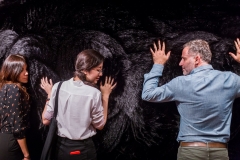
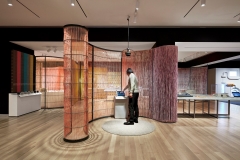
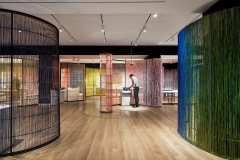
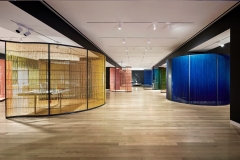
World Architecture Design Awards 2019-Results Announced | Building Indonesia
[…] Second Award | Third Award […]